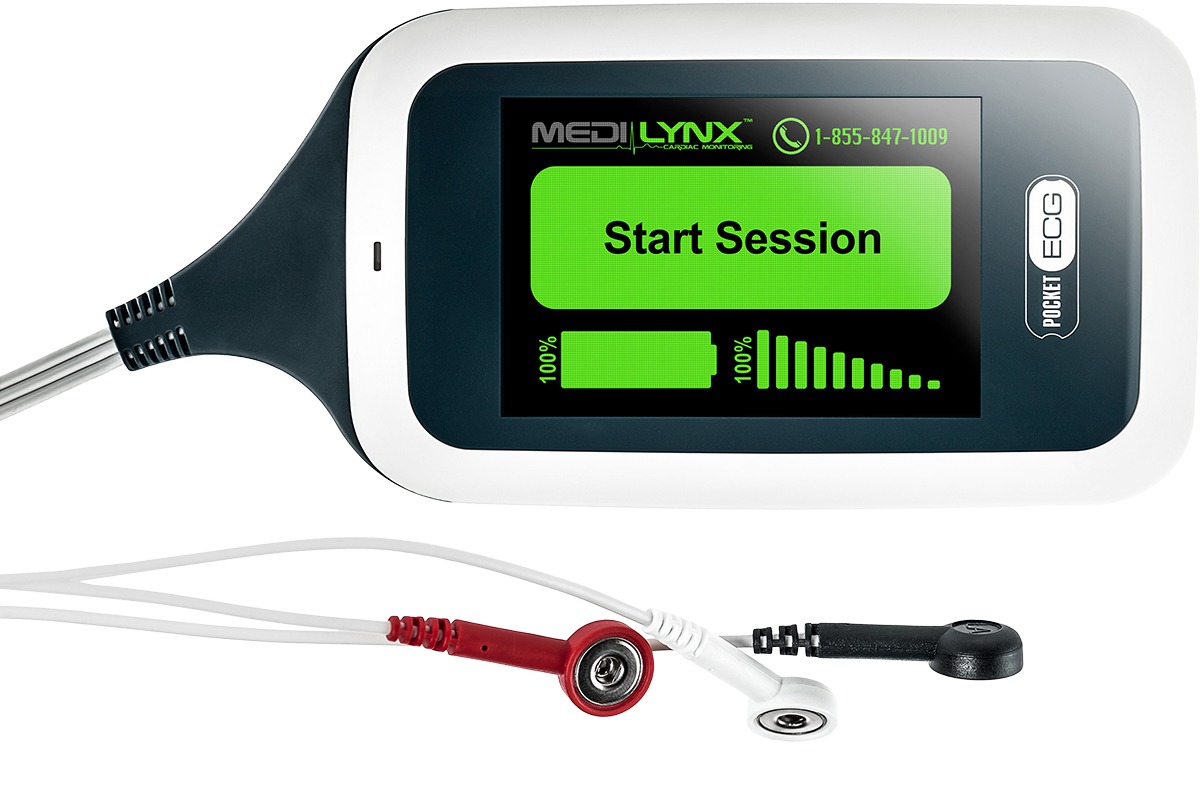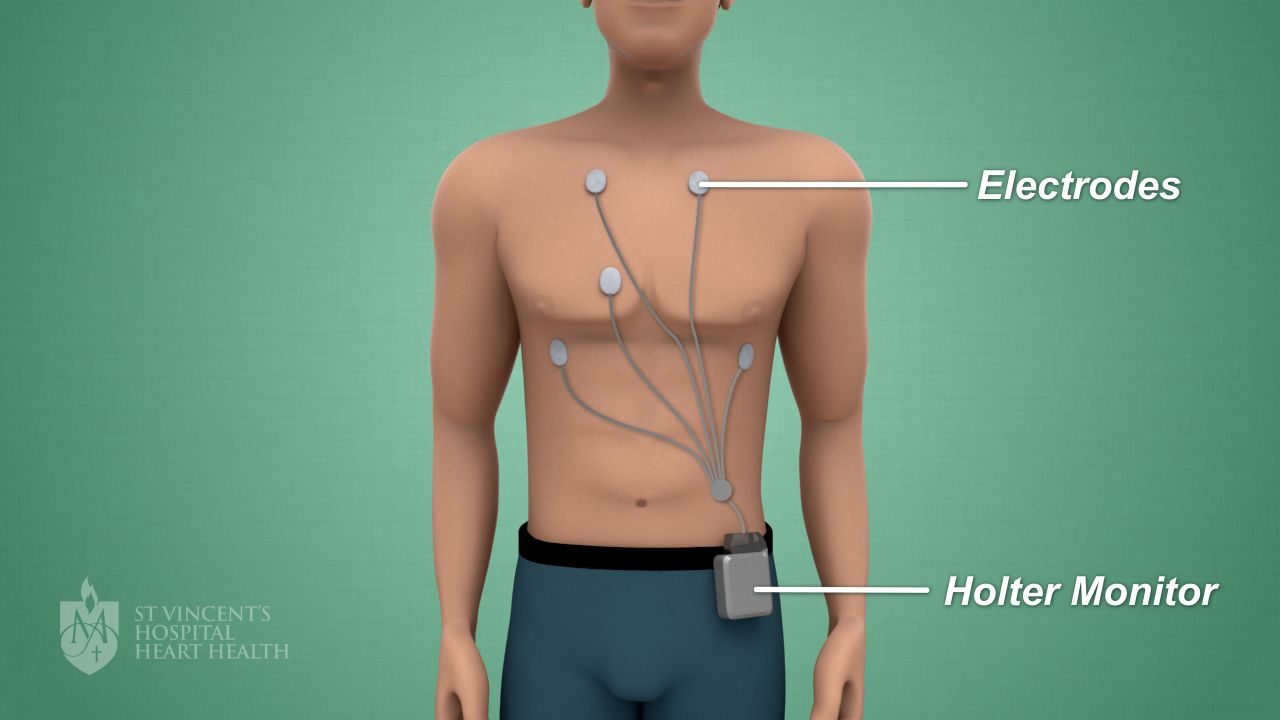
Frequency domain analysis resolves parasympathetic and sympathetic influences better than time domain analysis does, but both types of analysis are useful. Heart rate variability is used to evaluate vagal and sympathetic influences on the sinus node (inferring that the same activity is also occurring in the ventricles) and to identify patients at risk for a cardiovascular event or death. Detection of AF as a possible cause of cerebral symptoms has become a common indication for implantable monitors. In patients with unexplained syncope, a diagnosis can be made in up to 80% by long-term monitoring, many only after a long period (up to 18 months). The devices can be configured to store patient-activated episodes, automatically activated recordings (heart rate outside preset parameters), or a combination of these. Both P waves and QRS complexes can usually be identified. It is capable of recording several minutes of a single channel of the ECG before and after a symptomatic event and can have a service life of 2 to 3 years.
LOOP HEART MONITOR SKIN
These devices (smaller than a pack of chewing gum) are inserted under the skin at about the level of the anterior second rib on the left chest and are activated by passing a special magnet over the device. In such patients an implantable loop recorder can be used. Zipes MD, in Braunwald's Heart Disease: A Textbook of Cardiovascular Medicine, 2019 Implantable Loop Recorderįor patients with very infrequent symptoms, neither Holter recorders nor 30-day event recorders may yield diagnostic information. Your doctor can provide you with a device identification card to carry with you for such situations.Douglas P. It's also possible that an implantable loop recorder might set off metal detectors, for example, at an airport. You don't have to worry about getting the device wet while bathing or swimming.Īn implantable loop recorder is considered safe for use during magnetic resonance imaging (MRI), but always let your doctor know about your implant before you schedule such an imaging test. You'll likely need to see your doctor once or twice a year for routine checkups while the device is in place.Īn implantable loop recorder is invisible and doesn't interfere with your daily activities. Your doctor will interpret the results of your test and call if he or she has any concerns. Your doctor may ask you to keep a diary of your symptoms and when they occur. You can also push a button to send data immediately when you have symptoms. The transmitter automatically sends information from your implant to your doctor while you sleep. You'll be given a transmitting device to place beside your bed. You may need to limit activities until the wound heals. Your doctor and nurse will tell you what to look for. However, because minor surgery is done to implant the device, you'll need to watch for signs of infection such as redness or swelling. AfterĬomplications of the procedure are quite uncommon. The device will stay in place for up to three years. Your doctor makes a tiny incision, inserts the device and closes the incision. You'll be awake for the procedure but may be given medicine to relax you (sedative). The procedure to insert the heart monitor is usually done in a doctor's office or medical center.

DuringĪn implantable loop recorder is placed under the skin on the chest. There's no special preparation for an implantable loop recorder. Certain arrhythmias, such as atrial fibrillation, increase your risk of stroke. Your doctor may also recommend an implantable loop recorder if you're at high risk of stroke.



Information from an implantable loop recorder can help your doctor confirm a diagnosis and develop your treatment plan. An implantable loop recorder monitors your heartbeat for a much longer time, so it's more likely to capture what your heart is doing if you faint again. A standard ECG only records your heartbeat for a few seconds or minutes. Your doctor may recommend an implantable loop recorder if you have:Īn implantable loop recorder can capture information that a standard electrocardiogram (ECG) or Holter monitor may miss, particularly arrhythmias that are brief or infrequent.įor example, if you're having fainting spells, your doctor will want to know if a problem with your heart is causing your symptoms.


 0 kommentar(er)
0 kommentar(er)
